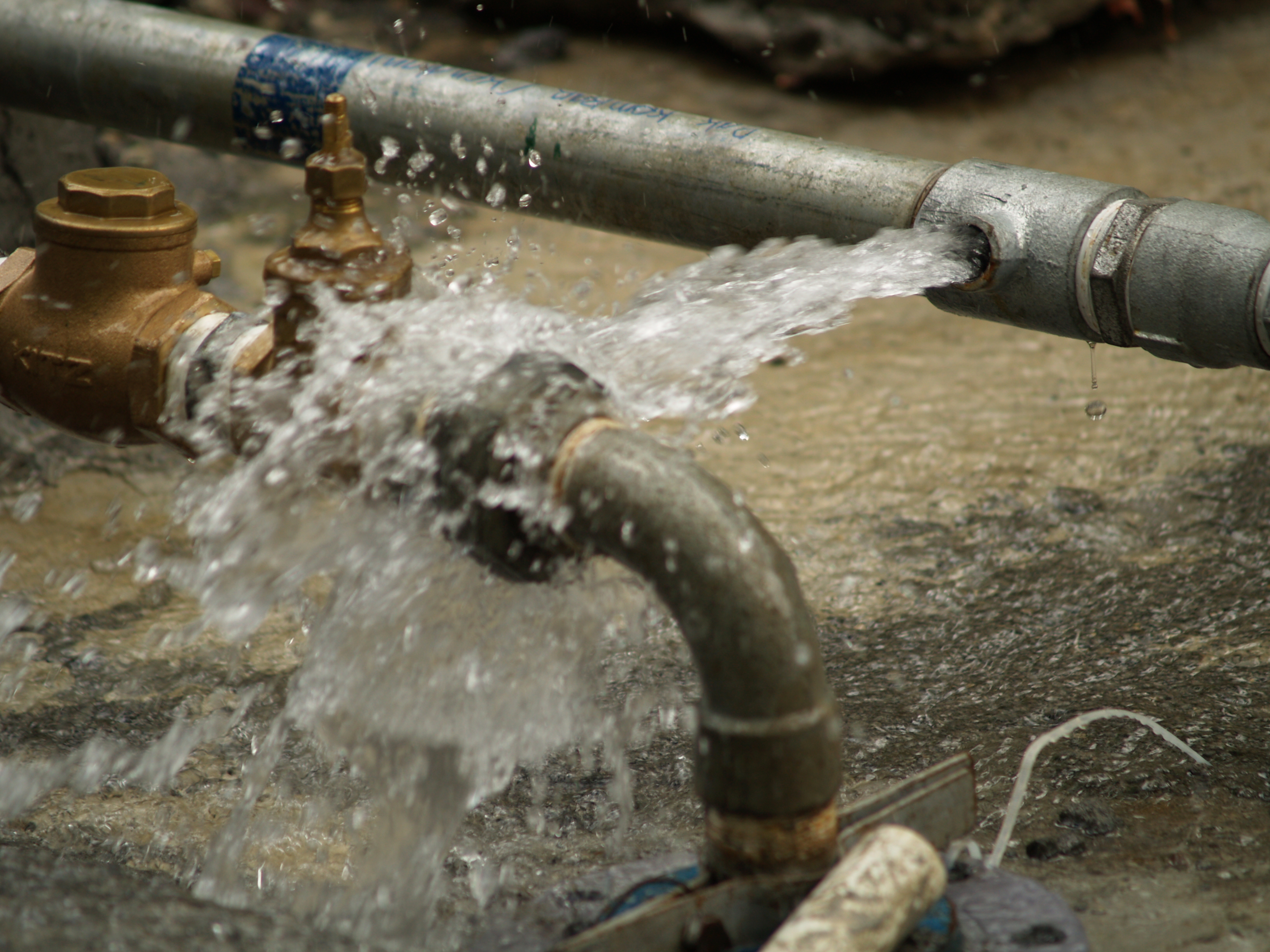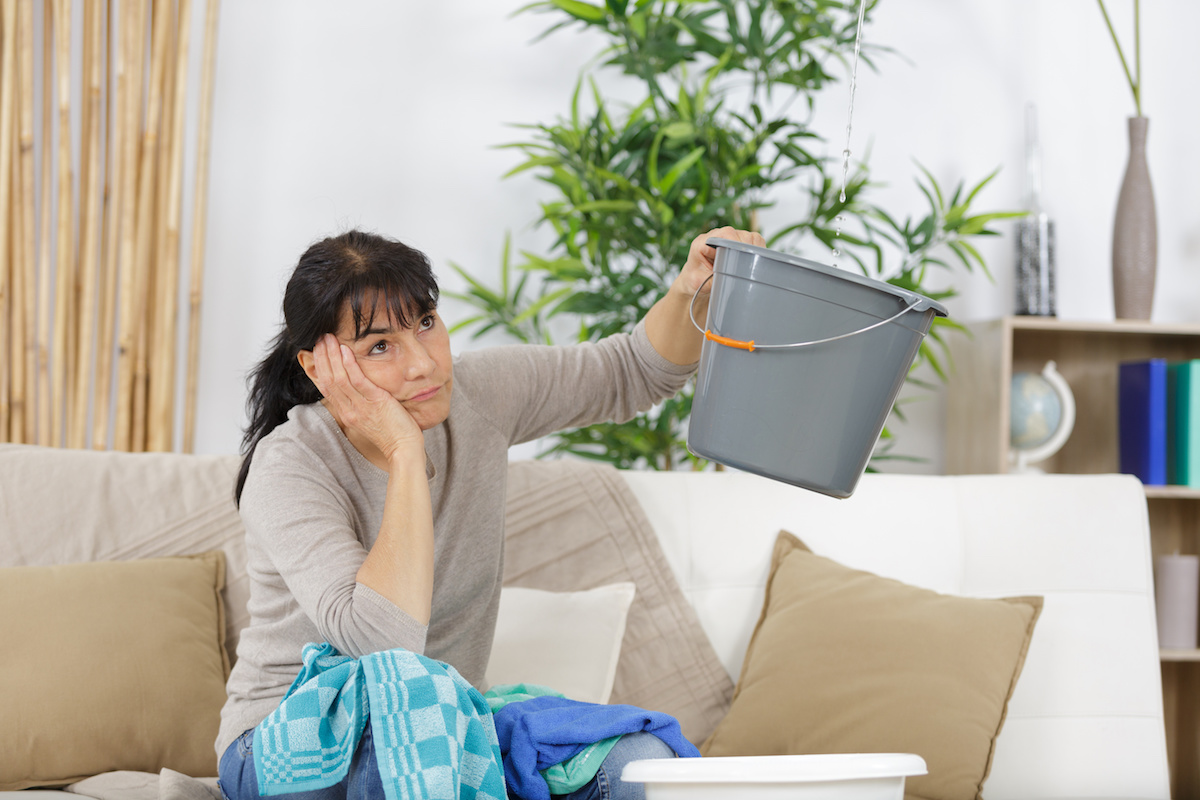Almost everyone has their own idea on the subject of Water Damage Restoration Do s And Don t.

What should you do if a water pipeline ruptureds in your residence? The longer you wait, the much more serious the damages that can occur to your home. For these factors, you need to learn exactly how to act in the occasion of a burst water pipeline.
Shut down the Key Waterline Valve
Look for the regional shut-off shutoff to turn off the water in one certain location only. If you don't understand where the localized shut-off valve is, go for the main water line shutoff and turn it off. Normally, the primary shutoff is located outside the residence next to the water meter.
Call Water Damage Reconstruction Pros for Aid
After shutting the water resource, call the professionals for help. This situation is not something you can do some do it yourself due to the fact that the pipes needed to be dealt with and there is a requirement to resolve the other problems to your building. Look for help from a credible firm supplying 24/7 emergency services if you can not deal. With their specialist aid, you can protect against much larger water damage including warped walls, loose ceramic tiles, or harmed frameworks. Don't take this issue lightly and also look for expert advice for your full assurance and a credible remedy.
Document the Damage For Insurance policy
While you're waiting for the pros to arrive, get some paperwork of the damages triggered by the errant pipeline. Take pictures and also video clips of every little thing. Do close-up shots of the harmed prized possessions and areas. Your documents will function as proof for your property owner's insurance. Maintaining proactive with this situation helps you to sue for protection, which will further sustain you and also your family members to get back on your feet.
Recover Things That Can Be Conserved
When you're done taking photos, take a look at the harmed products as well as get one of the most essential ones from the stack. Dry them off in a dry/warm area away from the damaged location and attempt to protect them as long as you can. Drag as much wetness as you can to the material so it can begin to dry.
Beginning the Drying Process
Fortunately, the water from your waterlines is already clean so you don't have to worry concerning drain water. The streaming water may have disrupted the dirt and also particles in your floorboards as well as carpets. Blot out as much water as you can from the surfaces with old towels.
Experts are the only people qualified to analyze correctly as well as deal with the burs pipes as well as subsequent damages. As always, pipelines do not just suddenly burst out of the blue. They typically provide quiet red flags like gurgling paint, water spots. Strange noises in the plumbing, caving ceiling, moldy odor, or peeling off wallpaper. Take note of these indications as well as do some preventive measures so you can nip any type of concerns in the bud.
What should you do if a water pipeline ruptureds in your house? For these reasons, you need to find out how to act in the event of a ruptured water pipe. After closing the water resource, call the professionals for help. With their professional aid, you can stop much larger water damage consisting of warped walls, loose tiles, or damaged frameworks. Thankfully, the water from your waterlines is already clean so you do not have to fret concerning sewer water.
How to Handle a Burst Pipe and Minimize Damage
Steps to Take Ahead of Time
If you own property in an area that experiences cold weather, you need to be aware of seasonal maintenance tasks that will help you protect your property as the weather changes each year. One of the most important steps is to winterize your pipes to ensure they won't freeze or burst when the temperature drops. This includes action items like insulating any exposed pipes, detaching garden hoses and covering outdoor faucets. If the weather gets cold enough, you may even consider leaving a faucet dripping or opening cabinet doors during the coldest parts of the day.
No matter how prepared you might be, accidents and emergencies still happen. You'd be wise to set up a savings account specifically for your property so you have a "rainy day" fund set aside for unexpected expenses. All homes regardless of age, location or condition will inevitably need some form of emergency repair.
Steps to Take for Frozen Pipes
A frozen pipe will not necessarily burst, so if you can catch a frozen pipe early on, you could save yourself a major headache. When your area experiences frigid temperatures, be sure to check your plumbing and keep an eye out for warning signs like faucets only releasing small amounts of water or toilets not refilling when flushed. If you do run into one of these issues, you're likely dealing with a frozen pipe.
If this happens, your first step should be to cut off the water supply to that section of the plumbing. Expanding and freezing water can quickly cause damage. Even if the water supply is shut off, you will likely still deal with some leaking from the water that defrosts after the pipe has thawed. Be prepared with a mop, bucket and/or towels to quickly soak up any excess water.
In order to thaw a frozen pipe, you can use a space heater, infrared or incandescent heat lamp, or even a hairdryer to warm up the frozen area. Heat tape is also an option and should be used according to manufacturer instructions. Do not use any sort of open flame to thaw frozen pipes, as it poses a major fire hazard and can damage your pipes further.
Steps to Take for a Burst Pipe
Water damage claims are the second most common insurance claim in the U.S. When you're dealing with a frozen pipe, the water continues to expand as it freezes, which creates pressure that can cause a pipe to burst. When this happens, the crack or leak in the pipe allows water flow from the pipe to enter your home where it shouldn't. If a pipe does burst, you need to act quickly to mitigate property damage and repair cost.
Your very first step should be to shut off your main water supply to minimize flooding typically the most expensive damage to address. Once you've shut off the water supply, make sure you identify the entire area that has been impacted by the leak. Remove as much water as possible as quickly as possible using a mop, sponges, towels or a shop vacuum or wet/dry vacuum. To prevent long-term damage due to moisture build-up, run a dehumidifier or fan in the affected area. Contact a licensed plumber to ensure the pipe is correctly repaired before running any water to that section of the home again. Burst pipes and the associated water damage are something you absolutely want to avoid as a property owner. If you've had to learn your lesson the hard way, don't let yourself get caught in a similar situation during the next spell of cold weather. The best way to deal with frozen or burst pipes is to prevent them in the first place proactive winter maintenance will save you time, money and a whole lot of stress.

As a devoted person who reads on What You Should And Shouldn t Do When Dealing With Water Damage, I was thinking sharing that excerpt was really useful. Sharing is caring. One never knows, you could be helping someone out. Thank-you for taking the time to read it.
Request Free Estimate